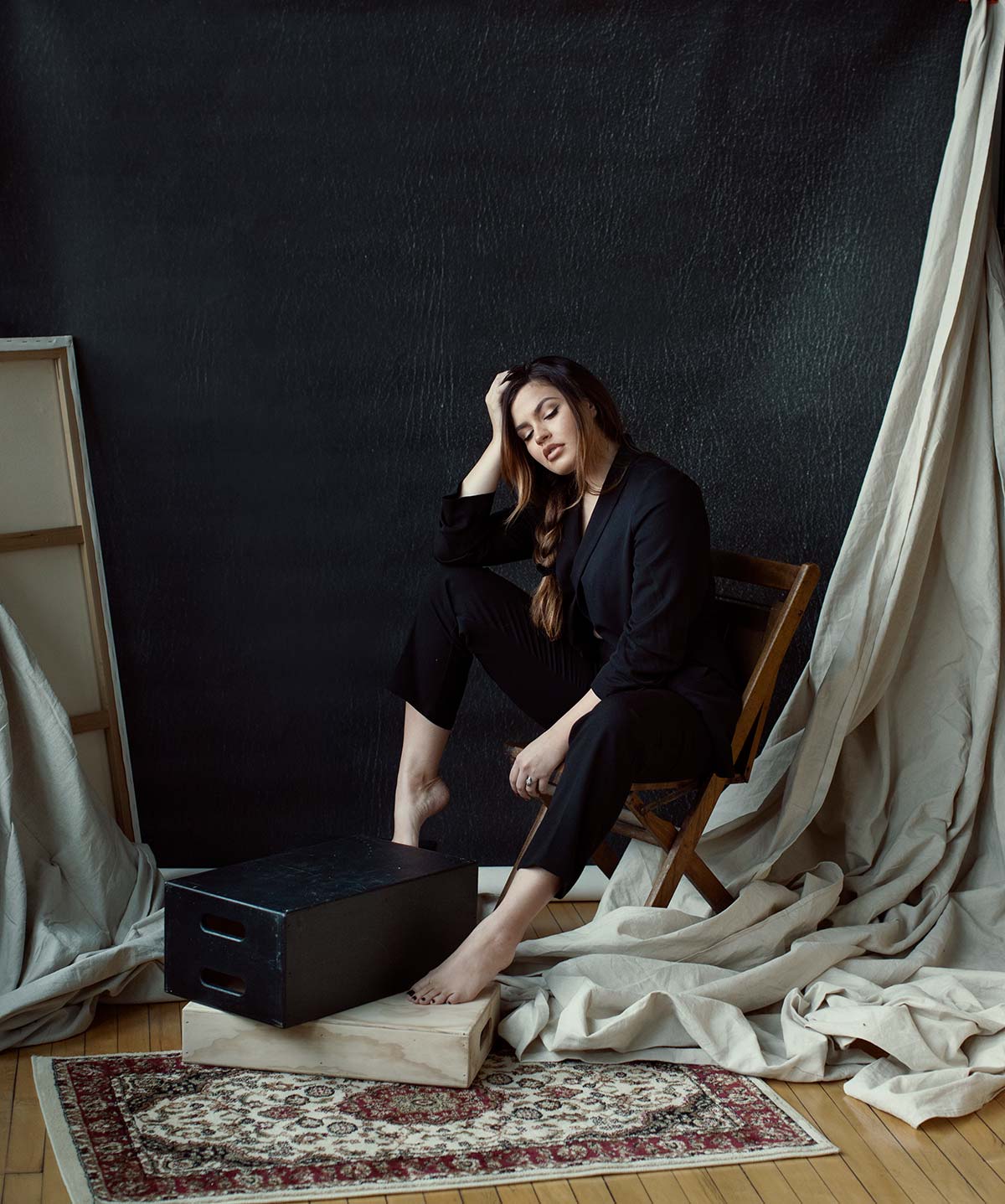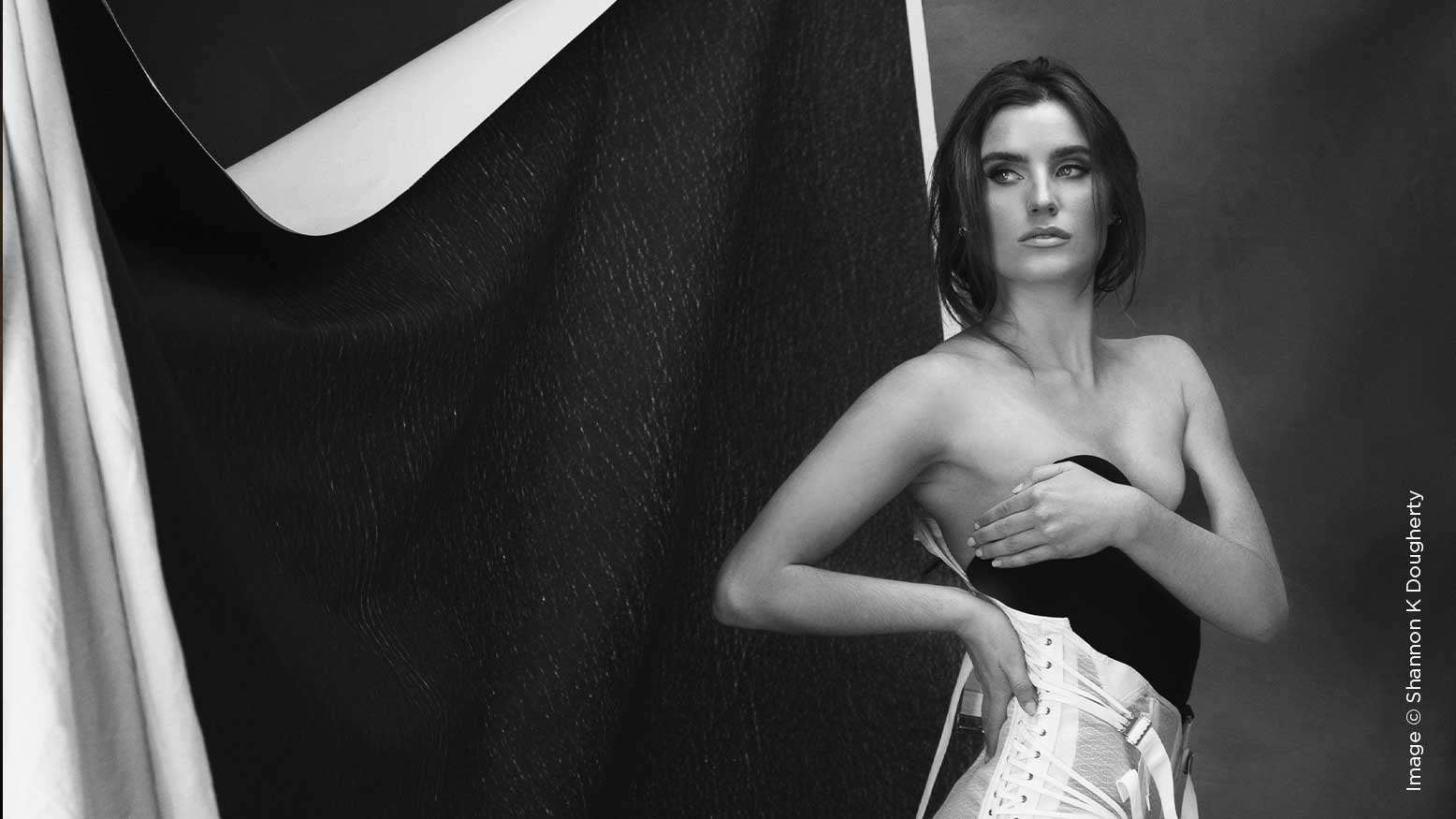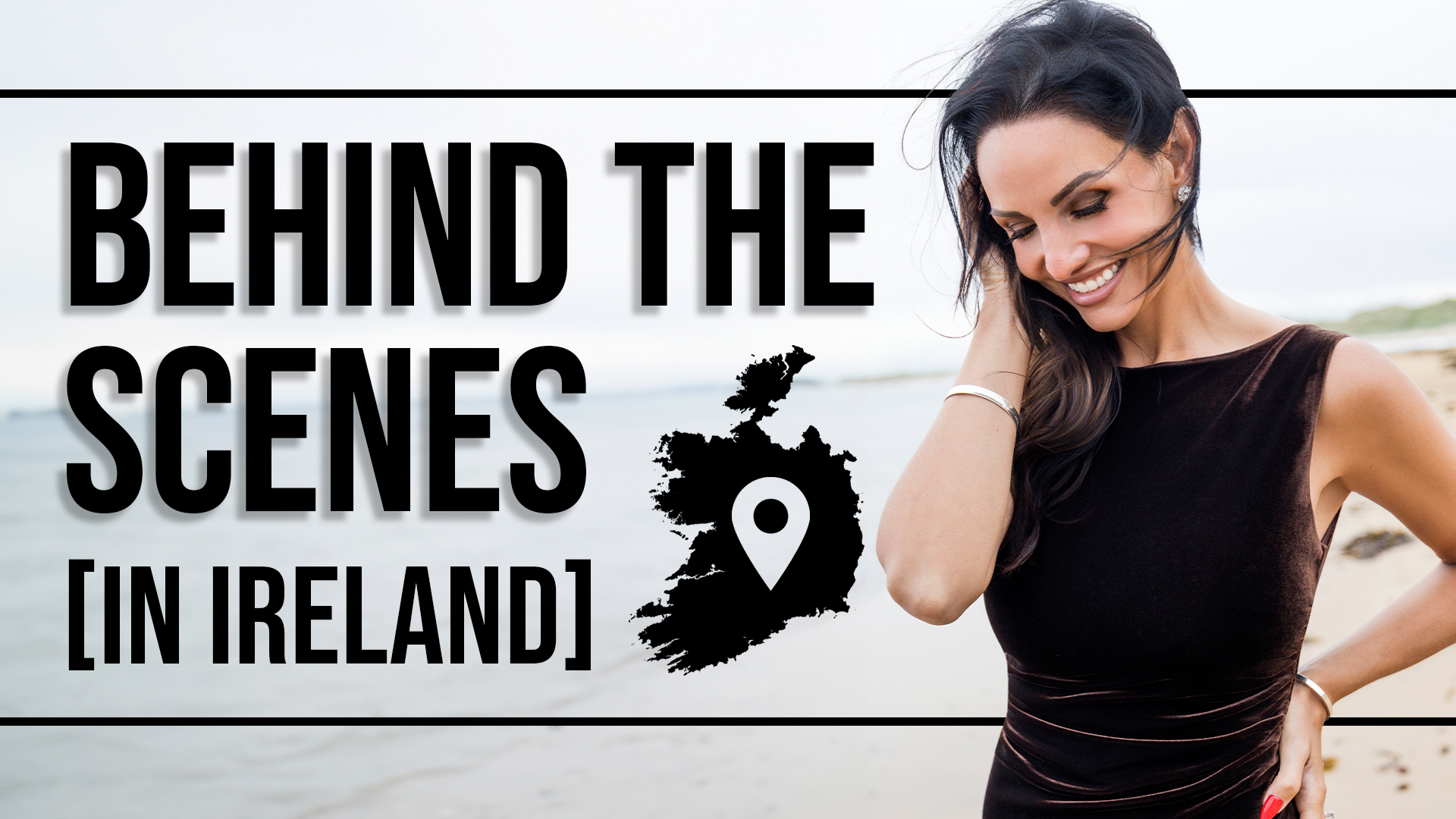Making the Most Out of a Backdrop with Shannon K Dougherty
Years ago when I started my own studio, I didn’t have the space I had in previous studios. I thought I would give backdrops a try to give myself variety. After purchasing an inexpensive one, I asked a friend to pose for me as a test run.
Yikes! It was awful. I didn’t know what I was doing. Why was shooting on a backdrop so difficult? I knew how to light, pose and edit my subjects, but throw in a backdrop and it felt like my first day picking up a camera. I felt frustrated. I didn’t even consider using a backdrop until months after that.
Flash forward to now, 90% of what I photograph uses backdrops. I literally cannot get enough of them and even created my own collection in 2021 with Intuition Backgrounds.
When I was asked to write for Shutter Magazine again, I knew backdrops were a great topic! In past issues, I talked about photographing in small spaces. Backdrops are a great way to add variety to that.
Backdrops can be intimidating
Why are backdrops intimidating? To answer this question, I had to think back to why I was having so many difficulties when photographing my friend on my first backdrop.
At that time in my career, I was rebranding myself and I knew I didn’t want to do outdoor shoots anymore (hot weather, mosquitos, unpredictable weather… yeah, not for me). I was trying to find a way to give variety to my sessions without breaking the bank and also to not overwhelm my small space. I remember flipping through a book of some of my favorite photographers and seeing something in common was the use of backdrops. They all looked so perfect and effortless. What was I doing wrong in my first photoshoot with the backdrop?
I’ve since deleted those images but they are burned into my memory. I’m going to chat about what I did wrong in the next section.
Lighting
Yes, you may know how to light your subject, but it’s different when you have a backdrop. When shooting outside, all of what’s around you is a backdrop. If something isn’t working, you just move your subject. Being in a studio or small area with just a backdrop can change how to light your subject. A common mistake is setting your subject too close to the backdrop and causing shadows. If you know you want a smooth and seamless look, keep the subject at least 1 to 3 feet away from the backdrop. Often I see someone get in position to be photographed and they stand right against it. We just have to coach them to stand away.
When I want to shoot something dramatic for a beauty photoshoot, I’ll bend these rules a bit to get the shadow behind the subject. I’ve often found for my own work that heavy shadows work best for editorial and beauty images but not for everything. Even though it is a common “mistake,” take the time to see what works best for your brand and aesthetic.








